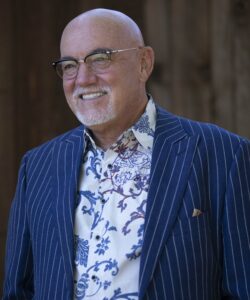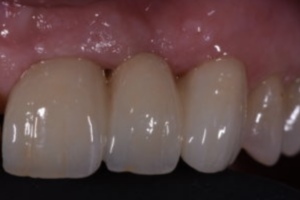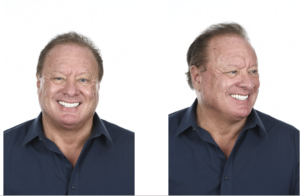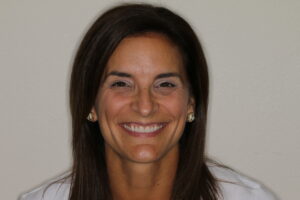Rescuing Aged or ‘Imperfect’ Teeth”: A Case Study by Dr. Eric Farmer

Introduction:
As dentists, we encounter various challenges in our practice, and one of the most common ones is dealing with aged or ‘imperfect’ teeth. These cases require a combination of excellent clinical skills and collaboration with a skilled dental lab to achieve successful outcomes. Today, I want to share with you a case that highlights the importance of careful assessment, clear communication, and the use of modern techniques in restoring aged or imperfect teeth.
Patient Background:
The patient, a seventy-seven-year-old female, came to our practice with several dental concerns. One of her teeth, tooth #10, had a non-restorable endo-perio lesion, which required immediate attention. Instead of seeing this as a daunting task, I embraced the challenge and set out to provide the best possible solution.
Treatment Planning Goals:
During the pre-operative phase, I decided to prepare teeth #9 and #11 and remove tooth #10. To maintain functionality and aesthetics during the healing period, a temporary bridge was placed for eight weeks before taking final impressions. The entire treatment spanned over 11 weeks, involving three appointments. The patient was thrilled with the outcome, and I invite you to witness the beautiful transformation in the accompanying images.
The key to success in this case was clear communication regarding the desired aesthetics. Achieving ‘imperfectly perfect’ teeth requires more than just showing a photo to the dental lab technician and expecting them to replicate it accurately. It is crucial to provide detailed instructions in writing, describing exactly what you see and what you aim to achieve. To enhance clarity, I recommend annotating the photo in presentation software such as Keynote or PowerPoint.


Lab Collaboration:
In this particular case, I collaborated closely with Gold Dust, a trusted dental lab, to capture and communicate my vision of the patient’s smile. Through meticulous communication and a shared understanding of the desired outcome, we were able to deliver exceptional results.
At our practice, we prioritize effective communication with dental labs to ensure optimal treatment outcomes for our patients. We understand the importance of conveying our expectations clearly and precisely, utilizing both written and visual aids. How do you approach communication with dental labs? We would love to hear about your experiences and insights.
Conclusion:
In conclusion, restoring aged or imperfect teeth requires a combination of clinical expertise, clear communication, and collaboration with a skilled dental lab. By embracing challenges and adopting modern techniques, we can achieve outstanding results that exceed patient expectations. Remember, every dental case is unique, and it is our dedication to providing excellent care that keeps our profession exciting and fulfilling.



